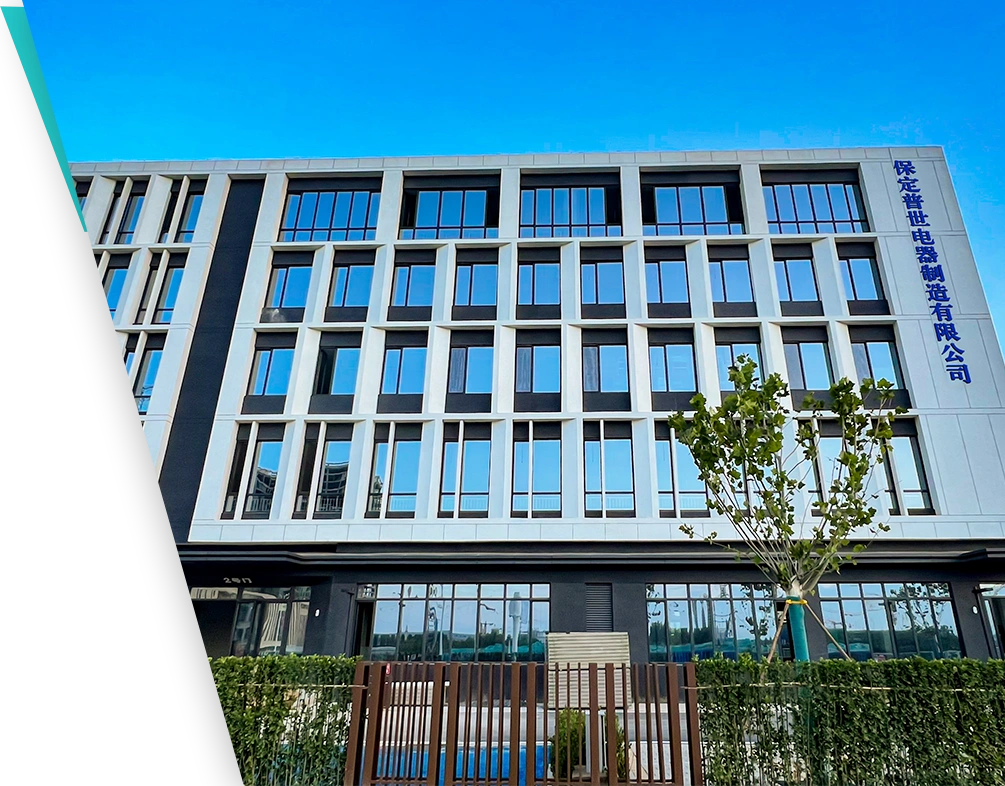 English
English



-
 Afrikaans
Afrikaans -
 Albanian
Albanian -
 Amharic
Amharic -
 Arabic
Arabic -
 Armenian
Armenian -
 Azerbaijani
Azerbaijani -
 Basque
Basque -
 Belarusian
Belarusian -
 Bengali
Bengali -
 Bosnian
Bosnian -
 Bulgarian
Bulgarian -
 Catalan
Catalan -
 Cebuano
Cebuano -
 China
China -
 China (Taiwan)
China (Taiwan) -
 Corsican
Corsican -
 Croatian
Croatian -
 Czech
Czech -
 Danish
Danish -
 Dutch
Dutch -
 English
English -
 Esperanto
Esperanto -
 Estonian
Estonian -
 Finnish
Finnish -
 French
French -
 Frisian
Frisian -
 Galician
Galician -
 Georgian
Georgian -
 German
German -
 Greek
Greek -
 Gujarati
Gujarati -
 Haitian Creole
Haitian Creole -
 hausa
hausa -
 hawaiian
hawaiian -
 Hebrew
Hebrew -
 Hindi
Hindi -
 Miao
Miao -
 Hungarian
Hungarian -
 Icelandic
Icelandic -
 igbo
igbo -
 Indonesian
Indonesian -
 irish
irish -
 Italian
Italian -
 Japanese
Japanese -
 Javanese
Javanese -
 Kannada
Kannada -
 kazakh
kazakh -
 Khmer
Khmer -
 Rwandese
Rwandese -
 Korean
Korean -
 Kurdish
Kurdish -
 Kyrgyz
Kyrgyz -
 Lao
Lao -
 Latin
Latin -
 Latvian
Latvian -
 Lithuanian
Lithuanian -
 Luxembourgish
Luxembourgish -
 Macedonian
Macedonian -
 Malgashi
Malgashi -
 Malay
Malay -
 Malayalam
Malayalam -
 Maltese
Maltese -
 Maori
Maori -
 Marathi
Marathi -
 Mongolian
Mongolian -
 Myanmar
Myanmar -
 Nepali
Nepali -
 Norwegian
Norwegian -
 Norwegian
Norwegian -
 Occitan
Occitan -
 Pashto
Pashto -
 Persian
Persian -
 Polish
Polish -
 Portuguese
Portuguese -
 Punjabi
Punjabi -
 Romanian
Romanian -
 Russian
Russian -
 Samoan
Samoan -
 Scottish Gaelic
Scottish Gaelic -
 Serbian
Serbian -
 Sesotho
Sesotho -
 Shona
Shona -
 Sindhi
Sindhi -
 Sinhala
Sinhala -
 Slovak
Slovak -
 Slovenian
Slovenian -
 Somali
Somali -
 Spanish
Spanish -
 Sundanese
Sundanese -
 Swahili
Swahili -
 Swedish
Swedish -
 Tagalog
Tagalog -
 Tajik
Tajik -
 Tamil
Tamil -
 Tatar
Tatar -
 Telugu
Telugu -
 Thai
Thai -
 Turkish
Turkish -
 Turkmen
Turkmen -
 Ukrainian
Ukrainian -
 Urdu
Urdu -
 Uighur
Uighur -
 Uzbek
Uzbek -
 Vietnamese
Vietnamese -
 Welsh
Welsh -
 Bantu
Bantu -
 Yiddish
Yiddish -
 Yoruba
Yoruba -
 Zulu
Zulu
gas chromatography mass spectrometry
Gas Chromatography-Mass Spectrometry A Powerful Analytical Tool
Gas Chromatography-Mass Spectrometry (GC-MS) is a sophisticated analytical technique that combines the features of gas chromatography and mass spectrometry to provide detailed information about the composition and structure of chemical compounds
. This powerful method is widely used across various fields, such as environmental analysis, food safety, forensic science, and pharmaceuticals, due to its high sensitivity and resolution.The Principles of GC-MS
In gas chromatography, the sample is vaporized and carried by an inert gas, typically helium or nitrogen, through a coated capillary column. As the sample travels through the column, it interacts with the stationary phase, resulting in the separation of components based on their volatility and polarity. Each compound in the mixture elutes at a different time, known as the retention time, which is characteristic of its chemical nature.
Once the components are separated, they enter the mass spectrometer. The mass spectrometer involves several steps ionization, fragmentation, acceleration, and detection. During ionization, the molecules are converted into ions, which are then sorted based on their mass-to-charge (m/z) ratio. Fragmentation occurs when the ions break into smaller pieces, providing structural information about the compounds. The resulting mass spectrum displays peaks that correspond to the different ions, enabling the identification and quantification of the substances present in the sample.
Applications of GC-MS
gas chromatography mass spectrometry

One of the most significant applications of GC-MS is in environmental monitoring, where it is used to detect pollutants and analyze complex mixtures in air, water, and soil. For instance, it can identify trace levels of pesticide residues in agricultural products or measure harmful contaminants in drinking water.
In the food industry, GC-MS plays a crucial role in quality control and assurance. It allows for the detection of flavor compounds, additives, and contaminants, ensuring that food products are safe for consumption. This analytical technique has also become vital in the detection of food fraud, such as the adulteration of oils and spices.
In forensic science, GC-MS is a critical tool for analyzing biological samples, such as urine and blood, for the presence of drugs, toxins, or metabolites. Its ability to provide accurate and reproducible results makes it indispensable in criminal investigations and toxicology assessments.
Furthermore, in pharmaceuticals, GC-MS is utilized to evaluate the purity of raw materials, develop new drugs, and conduct stability studies. The method’s sensitivity makes it possible to detect low levels of active pharmaceutical ingredients, ensuring adherence to regulatory standards.
Conclusion
GC-MS is an invaluable analytical technique that offers unparalleled precision and versatility in identifying and quantifying complex mixtures. Its broad range of applications across various industries underscores the importance of this method in advancing scientific research and ensuring public safety. As technology continues to evolve, GC-MS will undoubtedly remain at the forefront of analytical chemistry, paving the way for new discoveries and innovations.
-
Testing Equipment Industry Sees Major Advancements in 2025: Smart & Precision Technologies Lead the WayNewsJun.06,2025
-
Applications of Direct Current Generators in Renewable Energy SystemsNewsJun.05,2025
-
Hipot Tester Calibration and Accuracy GuidelinesNewsJun.05,2025
-
Digital Circuit Breaker Analyzer Features and BenefitsNewsJun.05,2025
-
Benefits of Real-Time Power Quality Monitoring Devices for Industrial EfficiencyNewsJun.05,2025
-
Earth Fault Loop Testing in High-Rise Building Electrical SystemsNewsJun.05,2025



